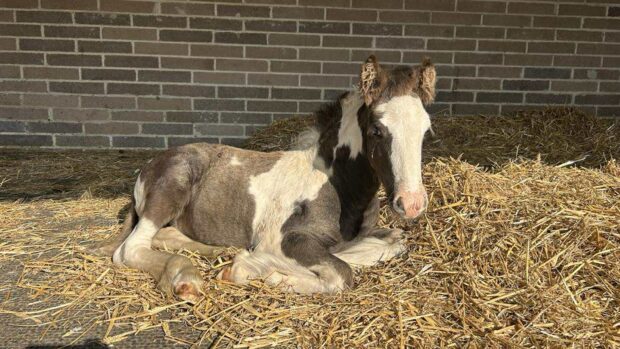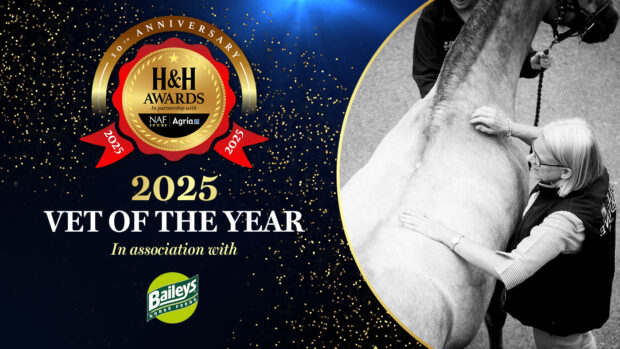An extraordinary veterinary case in America has given a whole new meaning to the saying “finding a fifth leg”.
A weanling Belgian colt was recently admitted to Park Farm Equine Hospital in Lexington with an extra digit growing on the inside of his off-foreleg.
The disorder, known as a polydactyly or polydactylism — which translates as “many digits” — is rare. Its exact cause is unknown, but it is believed that the malformation can occur either as an isolated or an inherited anomaly. In 80% of cases the extra digit grows on the inside of the limb, usually deriving from the splint bone.
Dr Jose Bras and Dr John Park carried out surgery to remove the extra digit last month, following a complete radiological examination to evaluate the bone abnormalities.
“The colt did not appear to be lame or compromised in any way by the extra limb, but if the extra digit had been left to grow, it may or may not have affected this horse in his future activities,” they said.
“By not removing it, it would have affected the cosmetic appearance of the leg and he may have been at higher risk of injury.”
The surgery did not affect any of the tendons or ligaments of the main leg as the extra limb had its own set of extensor and flexor tendons.
Following successful surgery, the colt has left the hospital and is back at home recuperating. It is expected that he will make a full recovery and go on to lead a normal, working life.
H&H veterinary contributor Phil Cramp, who specialises in complex surgeries, said: “The condition is unusual, but not unheard of; I have operated on two similar-sounding cases in my career.
“About 80% of polydactyl cases show a supernumerary digit at the medial (inside) aspect of the forelimb. A tendency for polydactyly can be inherited and passed down family lines, but it is not guaranteed to be passed on.”
An X-ray can be taken to determine exactly where the extra digit is growing from. It can be amputated.
“This is a relatively straightforward procedure that usually carries an excellent prognosis with a good cosmetic outcome,” Phil added.



